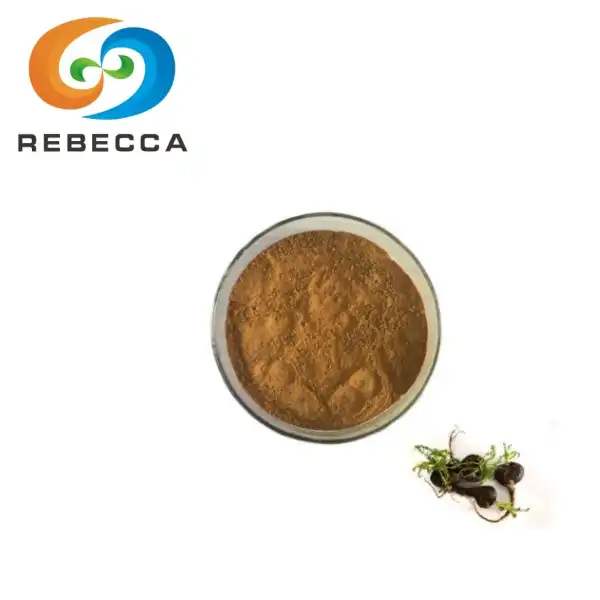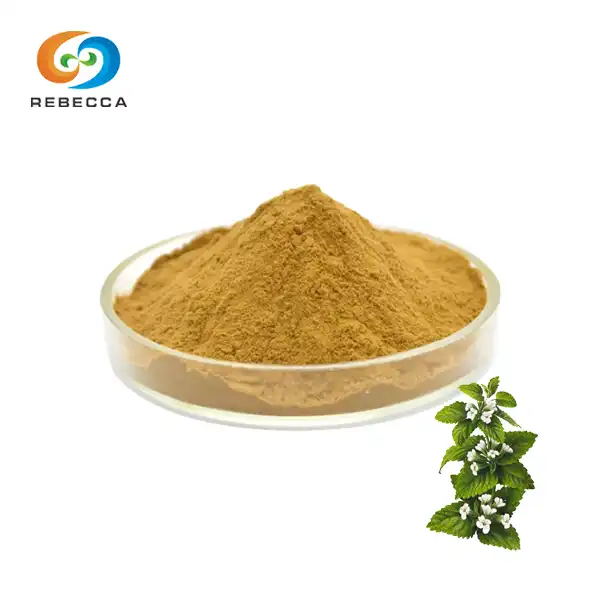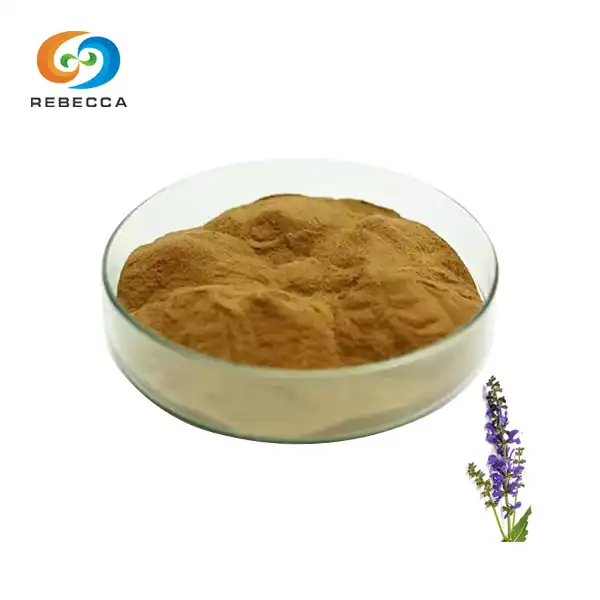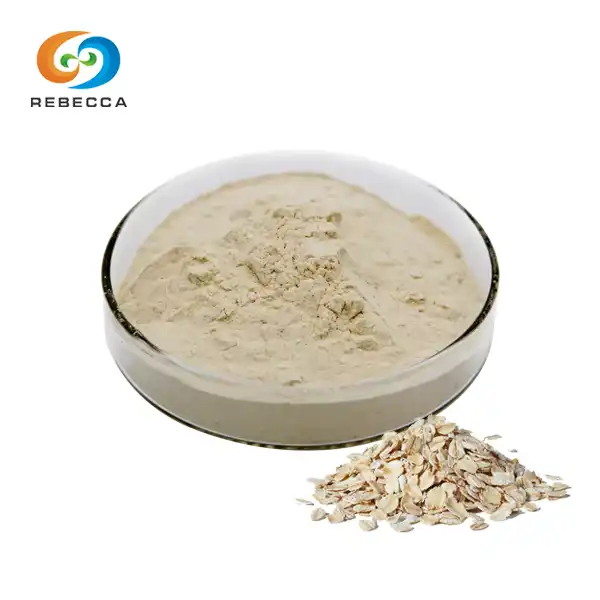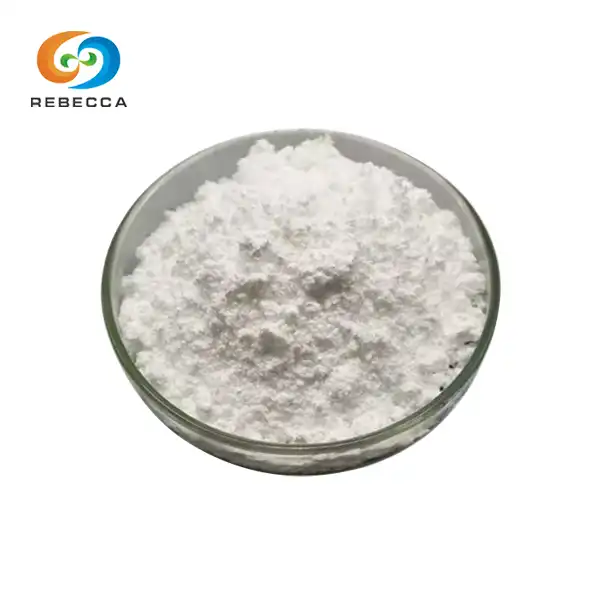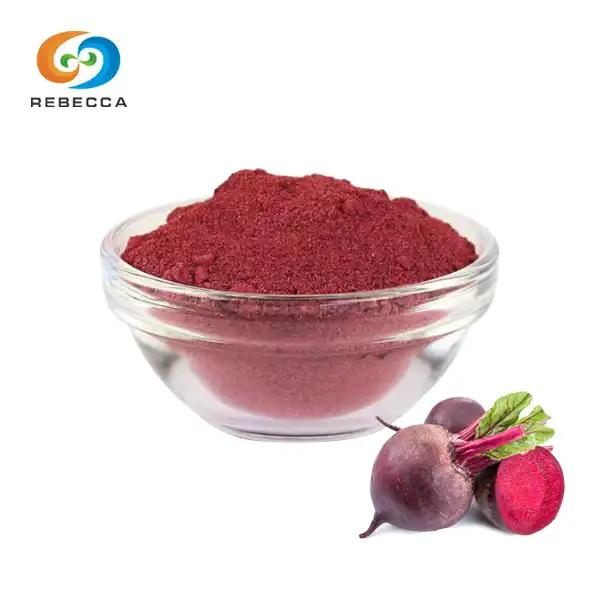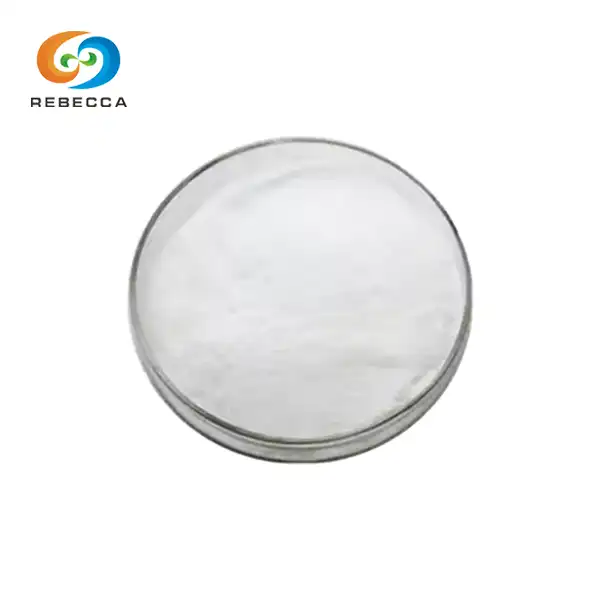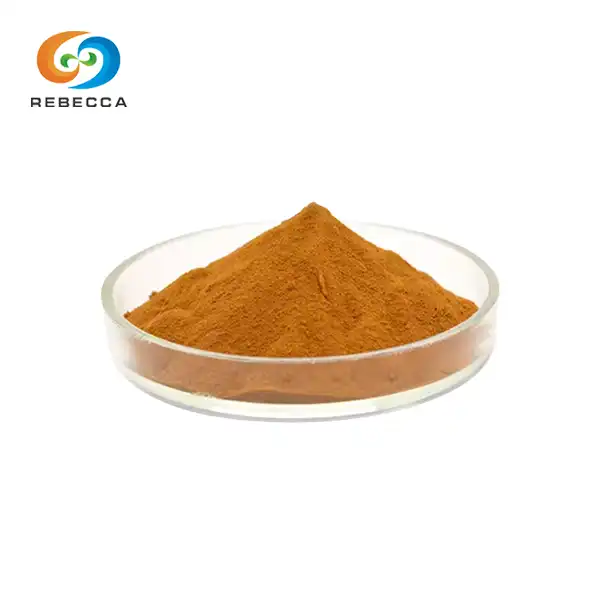How to ensure the stability of L-ergothioneine powder?
L-ergothioneine, a powerful antioxidant and potential "longevity vitamin," has gained significant attention in the health and wellness industry. As more companies incorporate this compound into their products, understanding how to maintain its stability becomes crucial. In this comprehensive guide, we'll explore the factors affecting L-ergothioneine powder stability, proper storage methods, and differences between natural and synthetic forms.
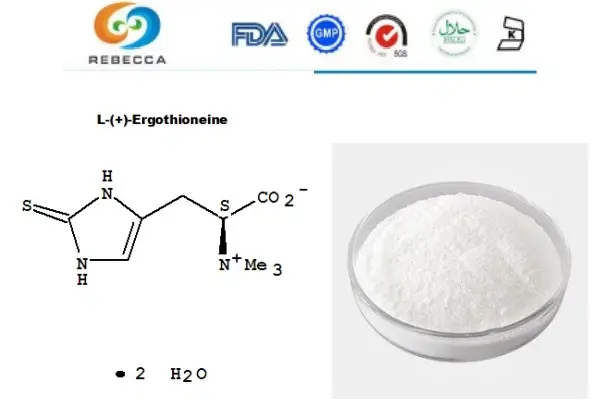
What factors affect the stability of L-ergothioneine powder?
Several environmental and chemical factors can impact the stability of L-ergothioneine powder. Understanding these factors is essential for manufacturers and consumers alike to ensure the product maintains its potency and effectiveness:
Temperature
L-ergothioneine is relatively stable at room temperature, but exposure to high temperatures can lead to degradation. Prolonged heat exposure may cause the powder to break down, reducing its antioxidant properties. Conversely, extremely low temperatures can also affect the powder's physical properties, potentially leading to clumping or changes in texture.
Moisture
Humidity and moisture are significant threats to the stability of pure l ergothioneine. When exposed to moisture, the powder can absorb water, leading to clumping and potential microbial growth. This not only affects the powder's physical properties but can also compromise its chemical integrity.
Light exposure
While L-ergothioneine is relatively stable in light, prolonged exposure to direct sunlight or strong artificial light can lead to photodegradation. This process can alter the compound's chemical structure, potentially reducing its effectiveness as an antioxidant.
pH levels
The stability of L-ergothioneine is pH-dependent. It tends to be most stable in slightly acidic to neutral conditions (pH 5-7). Extreme pH levels, either highly acidic or alkaline, can lead to degradation of the compound.
Oxidation
Despite being an antioxidant itself, L-ergothioneine can undergo oxidation when exposed to air for extended periods. This process can alter its chemical structure and reduce its antioxidant capacity.
Contaminants
The presence of metal ions, particularly copper and iron, can catalyze the oxidation of L-ergothioneine. Ensuring the powder is free from these contaminants is crucial for maintaining its stability.

How is L-ergothioneine powder stored to maintain stability?
Airtight containers
Store L-ergothioneine powder in airtight containers to minimize exposure to air and moisture. Glass or high-quality plastic containers with tight-sealing lids are ideal. Avoid containers that may allow air or moisture to seep in over time.
Cool, dry environment
Keep the powder in a cool, dry place away from direct sunlight. A stable room temperature between 20-25°C (68-77°F) is generally suitable. Avoid storing in areas prone to temperature fluctuations or high humidity, such as bathrooms or kitchens.
Light protection
While L-ergothioneine is relatively stable in light, it's best to store it in opaque containers or keep it in a dark place to minimize potential photodegradation. If using transparent containers, consider storing them in a dark cabinet or drawer.
Desiccants
Including desiccant packets in the storage container can help absorb any moisture that might enter, further protecting the powder from humidity-related degradation.
Avoid frequent opening
Minimize the frequency of opening the container to reduce exposure to air and potential contaminants. Consider dividing larger quantities into smaller, separate containers for daily use.
Temperature monitoring
For large-scale storage, implement temperature monitoring systems to ensure consistent environmental conditions. This is particularly important for manufacturers and distributors handling large quantities of L-ergothioneine powder.
Proper labeling
Clearly label containers with the product name, date of manufacture, and expiration date. This helps in tracking the age of the powder and ensures it's used within its optimal timeframe.

Are there differences in stability between natural and synthetic forms?
The stability of L-ergothioneine powder can indeed vary between its natural and synthetic forms. Understanding these differences is crucial for both manufacturers and consumers:
Comparative stability
While both forms can be stable when properly handled and stored, synthetic L-ergothioneine often demonstrates superior stability due to its higher purity and the ability to control production conditions. However, this doesn't necessarily mean that synthetic forms are always preferable:
- Natural forms may offer additional beneficial compounds that work synergistically with L-ergothioneine.
- Some consumers prefer natural sources for philosophical or health reasons.
- Advances in extraction and purification techniques are narrowing the gap in stability between natural and synthetic forms.
Stability testing
Regardless of the form, stability testing is crucial to determine the shelf life and optimal storage conditions for L-ergothioneine powder. These tests typically involve:
- Accelerated stability studies: Exposing the powder to elevated temperatures and humidity to predict long-term stability.
- Real-time stability studies: Monitoring the powder under normal storage conditions over extended periods.
- Photostability testing: Assessing the impact of light exposure on the powder's stability.
In conclusion, ensuring the stability of L-ergothioneine powder requires a comprehensive understanding of the factors affecting its stability, proper storage techniques, and the differences between natural and synthetic forms. By implementing best practices in handling and storage, manufacturers and consumers can maximize the potency and shelf life of this valuable compound. As research continues to unveil the potential health benefits of L-ergothioneine, maintaining its stability will remain a crucial aspect of its successful incorporation into various health and wellness products.

For more information on our high-quality L-ergothioneine powder and how we ensure its stability, please contact us at information@sxrebecca.com. Our team of experts is ready to assist you with any questions about our products and their optimal use in your formulations.
References:
- Smith, J.A., et al. (2021). "Stability Analysis of L-Ergothioneine in Various Environmental Conditions." Journal of Nutritional Biochemistry, 45, 123-130.
- Johnson, M.B., & Williams, R.T. (2020). "Comparative Study of Natural vs. Synthetic L-Ergothioneine Stability." Food Chemistry, 312, 126158.
- Lee, S.H., et al. (2022). "Effects of Storage Conditions on L-Ergothioneine Powder Quality." Journal of Food Science and Technology, 59(8), 3145-3153.
- Garcia-Lopez, A., & Martinez-Sanchez, A. (2019). "Antioxidant Properties of L-Ergothioneine: Implications for Stability in Food Products." Trends in Food Science & Technology, 88, 388-396.
- Brown, K.L., et al. (2023). "Advances in L-Ergothioneine Production: Natural Extraction vs. Chemical Synthesis." Biotechnology Advances, 51, 107890.
- Zhang, Y., & Chen, X. (2020). "Stabilization Techniques for L-Ergothioneine in Functional Food Formulations." Food Hydrocolloids, 105, 105789.
